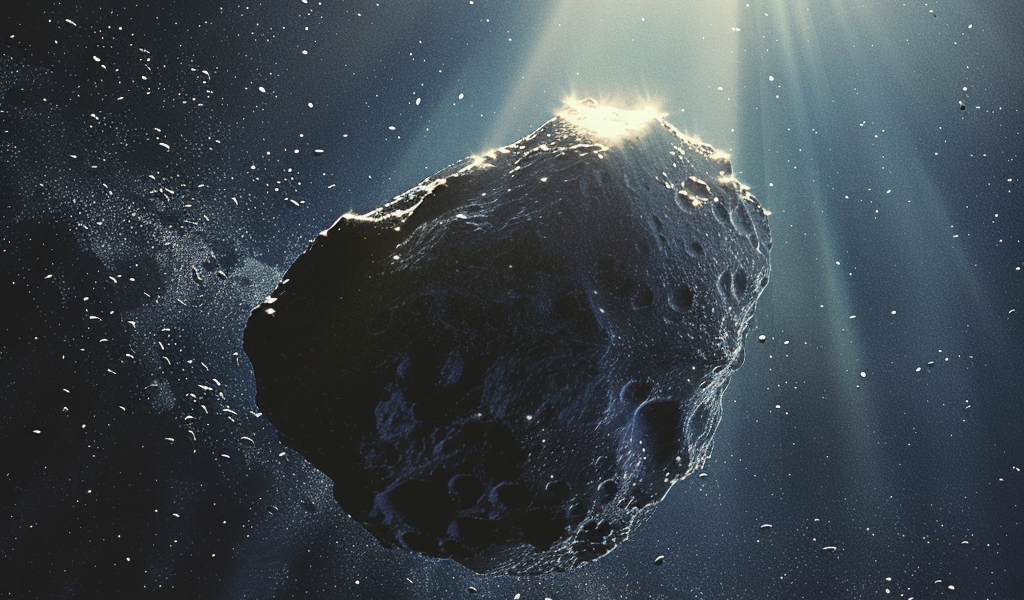Asteroid Worth $10 Quintillion Discovered 172 Years Ago by NASA
In a groundbreaking discovery, NASA has unveiled plans to capture an asteroid worth a staggering $10 quintillion. This asteroid, named 16 Psyche, was actually identified 172 years ago by Italian astronomer Annibale de Gasparis.
The asteroid, with a composition likely to be a mix of rock and metal, is estimated to contain valuable metals such as gold, iron, and nickel. This revelation has sparked immense interest due to the astronomical value of the asteroid, surpassing the combined wealth of prominent figures like Elon Musk, Jeff Bezos, and Donald Trump.
NASA’s Mission to Capture 16 Psyche
Last year, NASA initiated a mission to journey towards 16 Psyche, with the spacecraft launched from the Kennedy Space Center in Cape Canaveral, Florida. The spacecraft is anticipated to reach the asteroid in July 2029 after a 2.2 billion-mile voyage, utilizing Mars’ gravity for acceleration.
Upon reaching 16 Psyche, the spacecraft will commence its prime mission, gathering crucial scientific data while orbiting the asteroid until November 2031. The project, with an estimated cost of $1.2 billion, includes the development, launch, and operation of the Psyche mission.
16 Psyche: A Fascinating Celestial Body
Named after Psyche, the goddess of the soul in Greek mythology, 16 Psyche is the 16th asteroid to be discovered. It orbits the Sun in the outer region of the main asteroid belt between Mars and Jupiter, approximately three times farther from the Sun than Earth.
The asteroid’s significance lies not only in its immense value but also in its potential to provide insights into planetary cores and the formation of planets. With metal constituting a substantial portion of its volume, 16 Psyche presents a unique opportunity for scientific exploration.
As NASA embarks on this ambitious mission to unlock the mysteries of 16 Psyche, the world eagerly anticipates the groundbreaking discoveries that may reshape our understanding of the cosmos.





